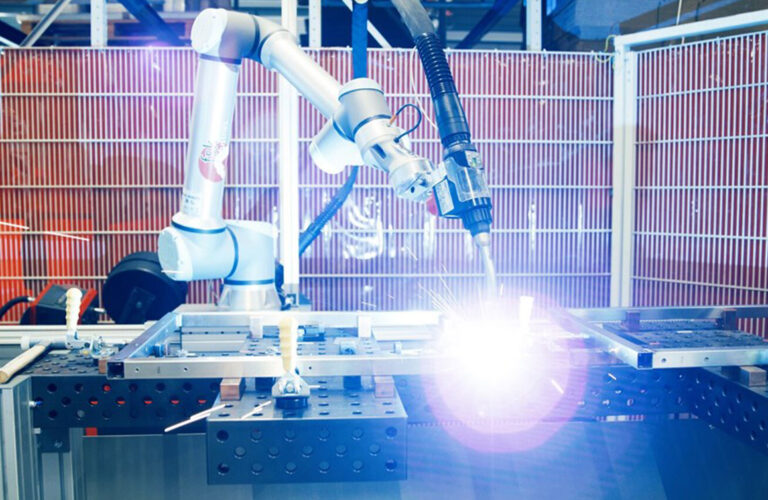Accuracy and repeatability are paramount in welding. Making certain that every product leaves a production line with a high throughput is essential for both consumer happiness and safety as well as the continued success of the producer’s enterprise. The human part of welding requires a high level of ability. But it’s also monotonous, conceivably risky, and physically taxing. In addition to increasing the risk of injury to a human operator, mistakes can also result in lower-quality output and more expensive waste.
Regardless of the volume of work, robotic welding offers a solution to automate this process and guarantee consistent quality. Additionally, replacing skilled human labor is not the only goal. Human workers can focus on higher-value tasks since the repetitive manual chores associated with welding are handled by a welding robot arm. Cobots are a terrific approach to help upskill your team and increase your automation knowledge because they are very simple to use and require less training than their larger traditional robot siblings.
The pressure is seen in many manufacturing companies. Companies need to look into how technology may help them continue to thrive as a result of increased costs, complicated supply chains, changing client demands, and a worldwide labor shortage. Applications for cobots, such robotic welding, have the potential to reduce costs while enabling operations to be scaled up.

